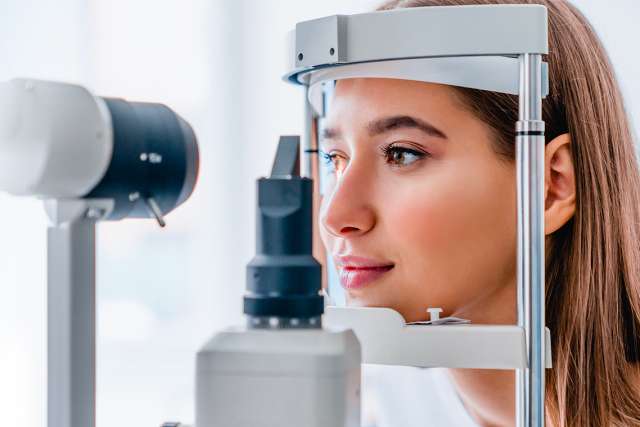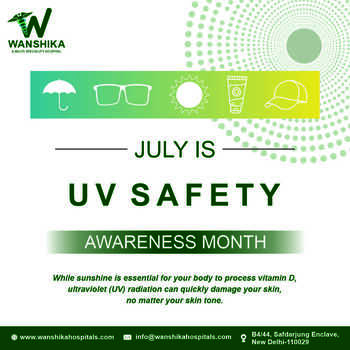Ophthalmology
A WORLD-CLASS MULTI SPECIALITY HOSPITAL
Ophthalmology is a medical speciality that deals with the diagnosis, treatment, and prevention of diseases and disorders related to the eyes and visual system. Ophthalmologists are medical doctors who specialize in eye care, providing a range of services from routine eye examinations to complex surgical procedures. Here are key aspects of ophthalmology:

Common Conditions and Treatments:
- Myopia (Nearsightedness), Hyperopia (Farsightedness), and Astigmatism: Corrected with glasses, contact lenses, or refractive surgery (e.g., LASIK).
1. Refractive Errors:
- Cataract Surgery: Removal of the cloudy lens and replacement with an artificial intraocular lens (IOL).
2. Cataracts:
- Medications: Eye drops or oral medications to reduce intraocular pressure.
- Laser Surgery: Procedures like trabeculoplasty or iridotomy.
- Conventional Surgery: Trabeculectomy or shunt implantation to improve fluid drainage.
3. Glaucoma:
- Anti-VEGF Injections: Medications injected into the eye to slow disease progression.
- Photodynamic Therapy (PDT): Laser treatment for certain types of AMD.
4. Age-Related Macular Degeneration (AMD):
- Laser Photocoagulation: Used to seal leaking blood vessels.
- Anti-VEGF Injections: Similar to AMD treatment.
5. Diabetic Retinopathy:
- Surgery: Various surgical procedures to reattach the retina.
6. Retinal Detachment:
- Corneal Transplant (Keratoplasty): Replacement of a damaged or diseased cornea with a donor cornea.
7. Corneal Diseases:
- Eye Muscle Surgery: Corrective surgery to align misaligned eyes.
8. Strabismus:
Ophthalmic Procedures:
- Phacoemulsification: Ultrasonic energy is used to break up and remove the cloudy lens.
1. Cataract Surgery:
- LASIK (Laser-Assisted In Situ Keratomileusis): Reshaping the cornea to correct refractive errors.
2. Laser Eye Surgery (Refractive Surgery):
- Removal of Vitreous Gel: Used for conditions like retinal detachment or vitreous haemorrhage.
3. Vitrectomy:
- Corneal Transplant: Replacement of damaged cornea with healthy donor tissue.
4. Corneal Surgery:
- Trabeculectomy: Creates a new drainage channel for intraocular fluid.
- Shunt Implantation: Placement of a drainage device to manage intraocular pressure.
5. Glaucoma Surgery:
Pediatric Ophthalmology:
- Eye Muscle Surgery: Corrective surgery to align misaligned eyes in children.
1. Strabismus (Crossed Eyes):
- Patch Therapy: Occlusion of the stronger eye to encourage visual development in the weaker eye.
2. Amblyopia (Lazy Eye):
Diagnostic Tools:
- Ophthalmoscopy: Examination of the interior structures of the eye using an ophthalmoscope.
- Tonometry: Measurement of intraocular pressure.
- Visual Field Testing: Assessment of peripheral vision.
- Optical Coherence Tomography (OCT): Imaging technique for detailed cross-sectional views of the retina.

